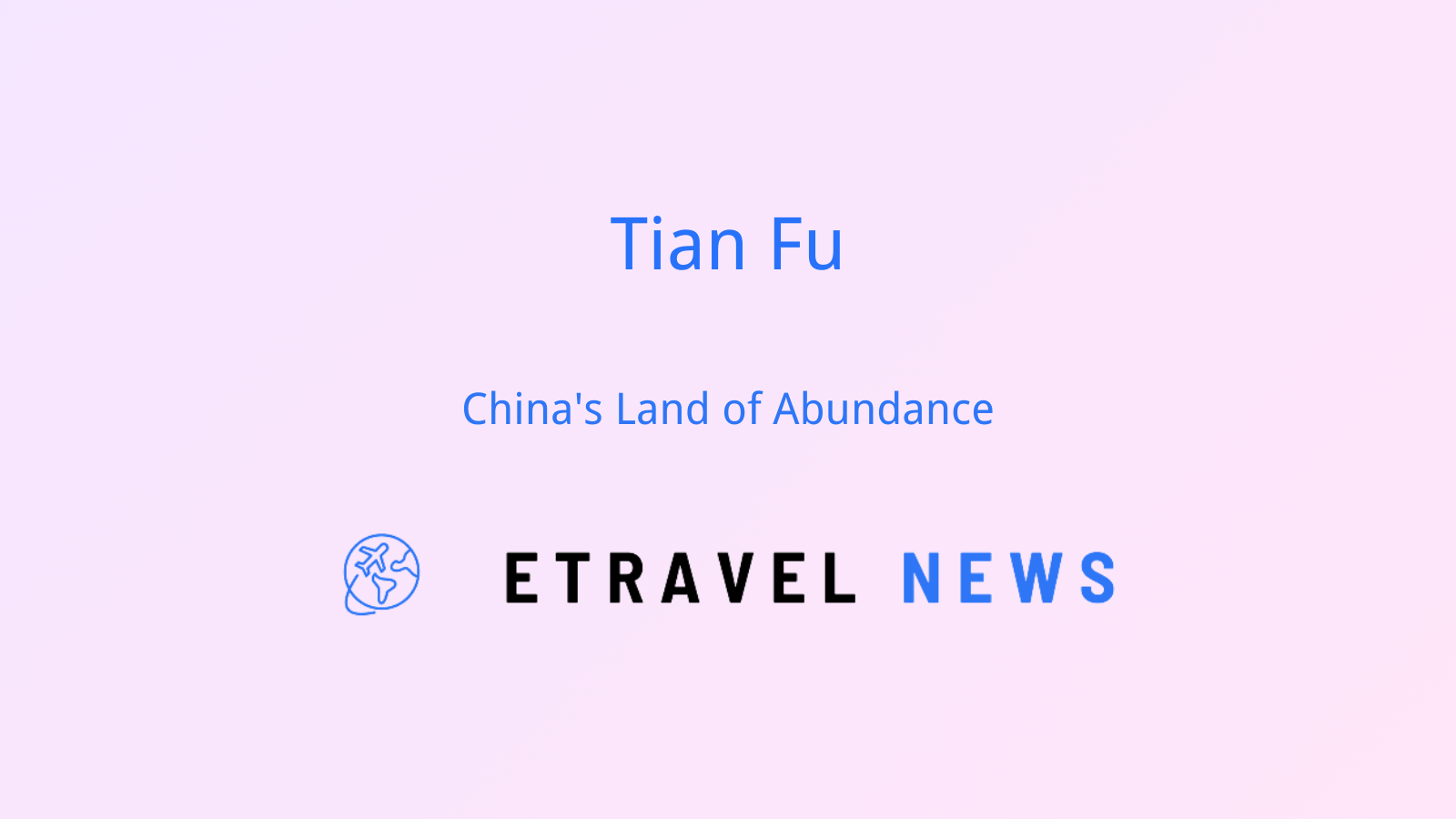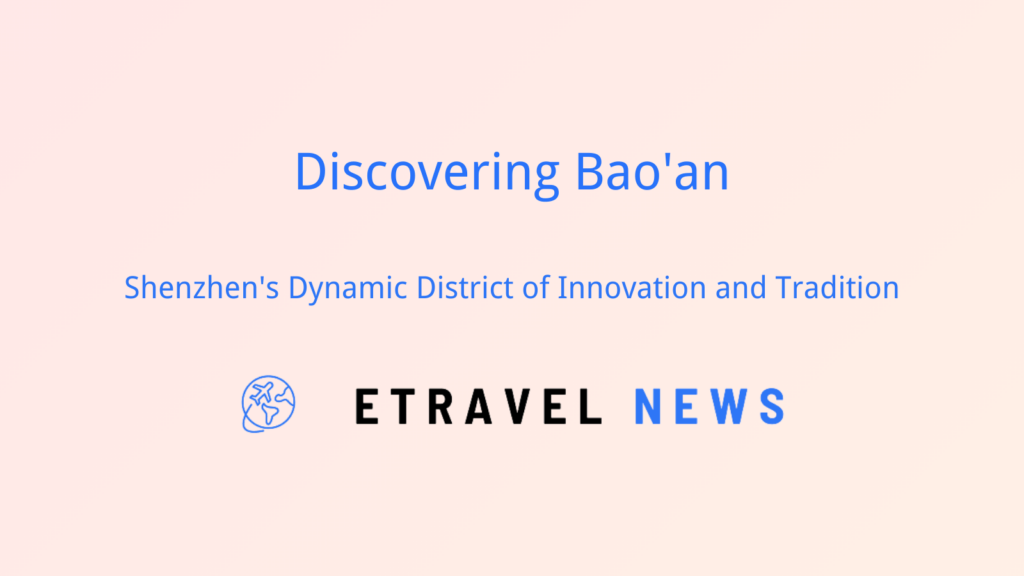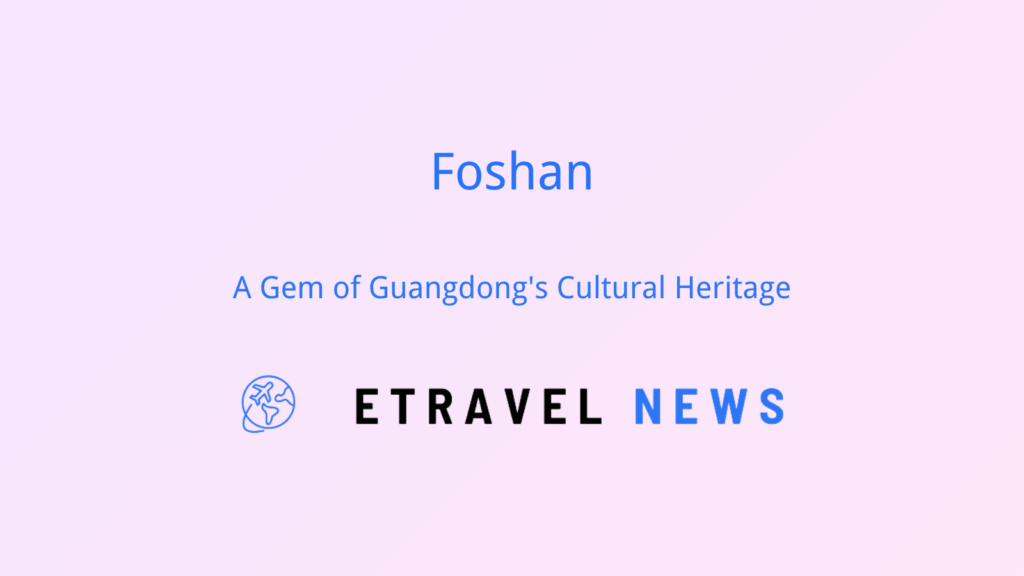Introduction to Tian Fu
“Tian Fu” (天府), often translated as “Land of Abundance,” is a term deeply rooted in Chinese culture and history. This moniker refers to the fertile region centered around Chengdu in Sichuan Province, southwestern China. The phrase encapsulates the area’s natural bounty and its historical significance as a cradle of Chinese civilization.
Dating back to ancient times, Tian Fu has been renowned for its agricultural prosperity and cultural richness. The term first appeared in the Classic of Poetry, one of the oldest Chinese texts, highlighting the region’s longstanding importance.
Geographically, Tian Fu encompasses the Chengdu Plain and surrounding areas, boasting a unique landscape that has shaped its development over millennia.
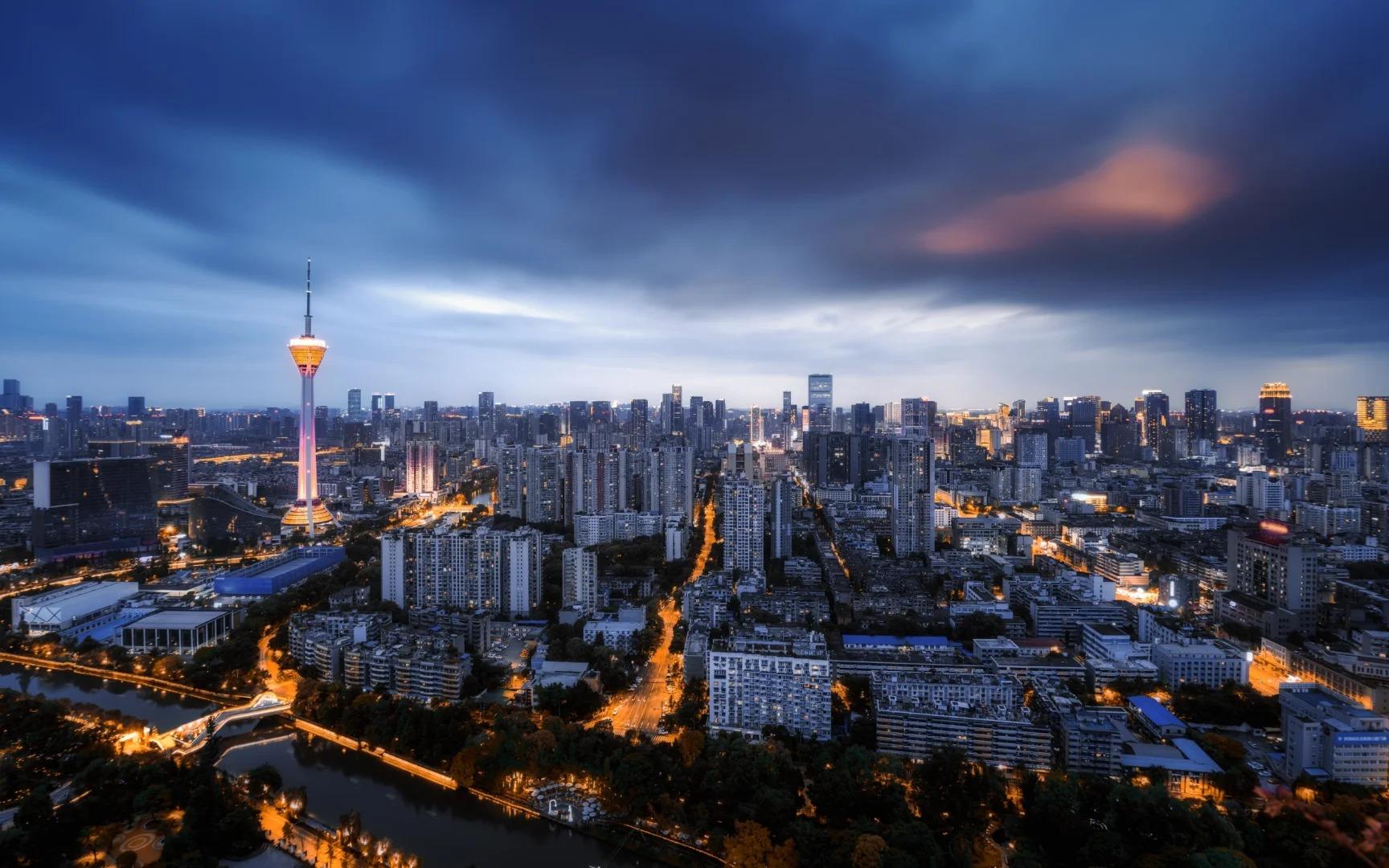
Historical Significance
The Tian Fu region has played a pivotal role in Chinese history since the Neolithic period. Archaeological evidence suggests human settlement in the area as early as 4500 years ago.
Key historical milestones include:
- Establishment of the Shu Kingdom during the Three Kingdoms period (220-280 AD)
- Serving as a cultural and economic center during the Tang Dynasty (618-907 AD)
- Birthplace of numerous poets, including Li Bai and Du Fu
The region’s stability and prosperity often provided a safe haven during times of upheaval in other parts of China, earning it the nickname “The Heavenly State” (天府之国).
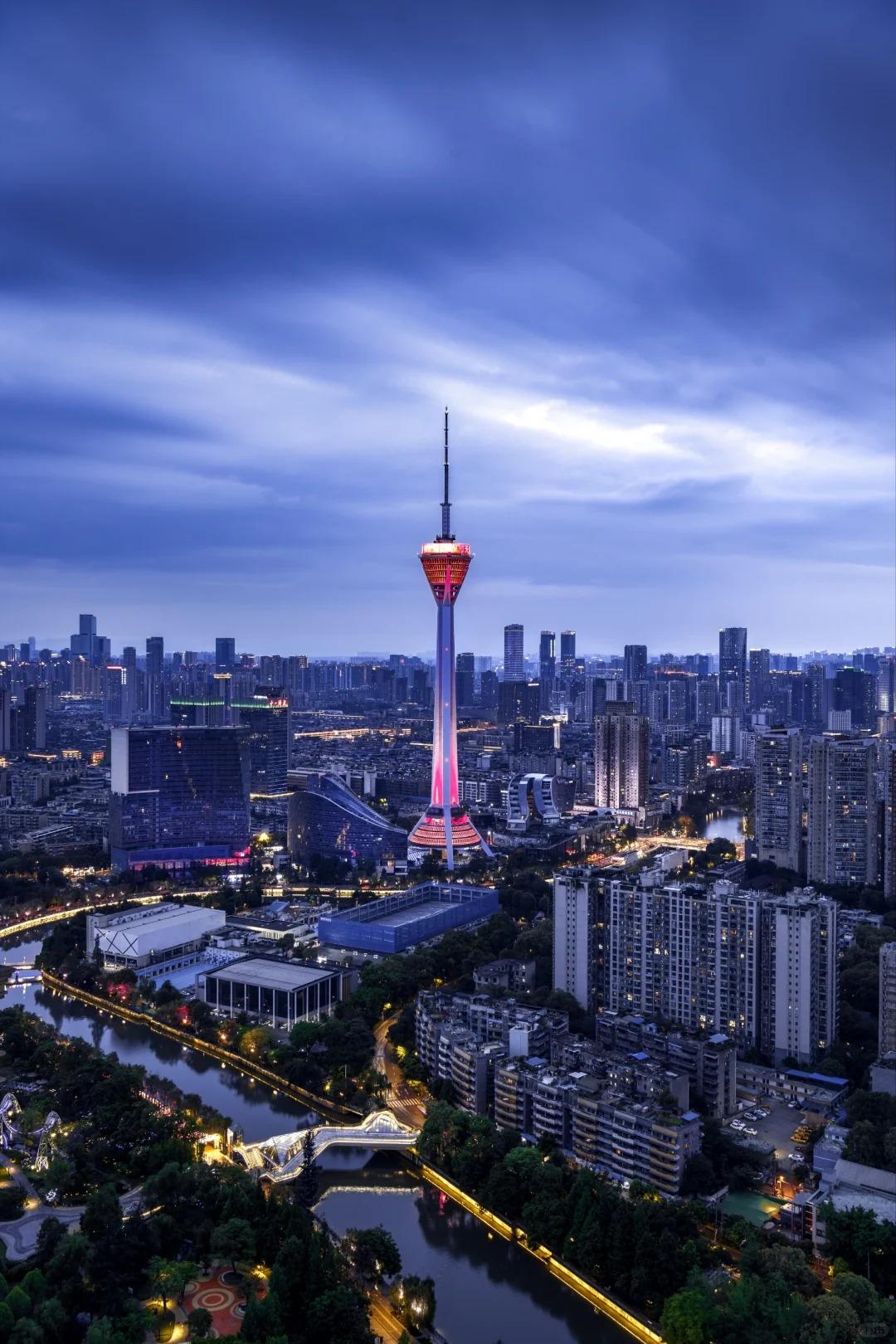
Natural Resources and Geography
Tian Fu’s abundance stems from its unique geography:
| Feature | Description | Significance |
|---|---|---|
| Chengdu Plain | Fertile basin surrounded by mountains | Agricultural heartland |
| Min River | Major river flowing through the region | Supports irrigation and transportation |
| Longmen Mountains | Mountain range to the northwest | Natural barrier and climate regulator |
The Dujiangyan Irrigation System, a UNESCO World Heritage site, has been crucial in managing water resources since 256 BC, contributing to the region’s agricultural success.
Biodiversity thrives in this varied landscape, with the region being home to giant pandas, golden snub-nosed monkeys, and numerous plant species.
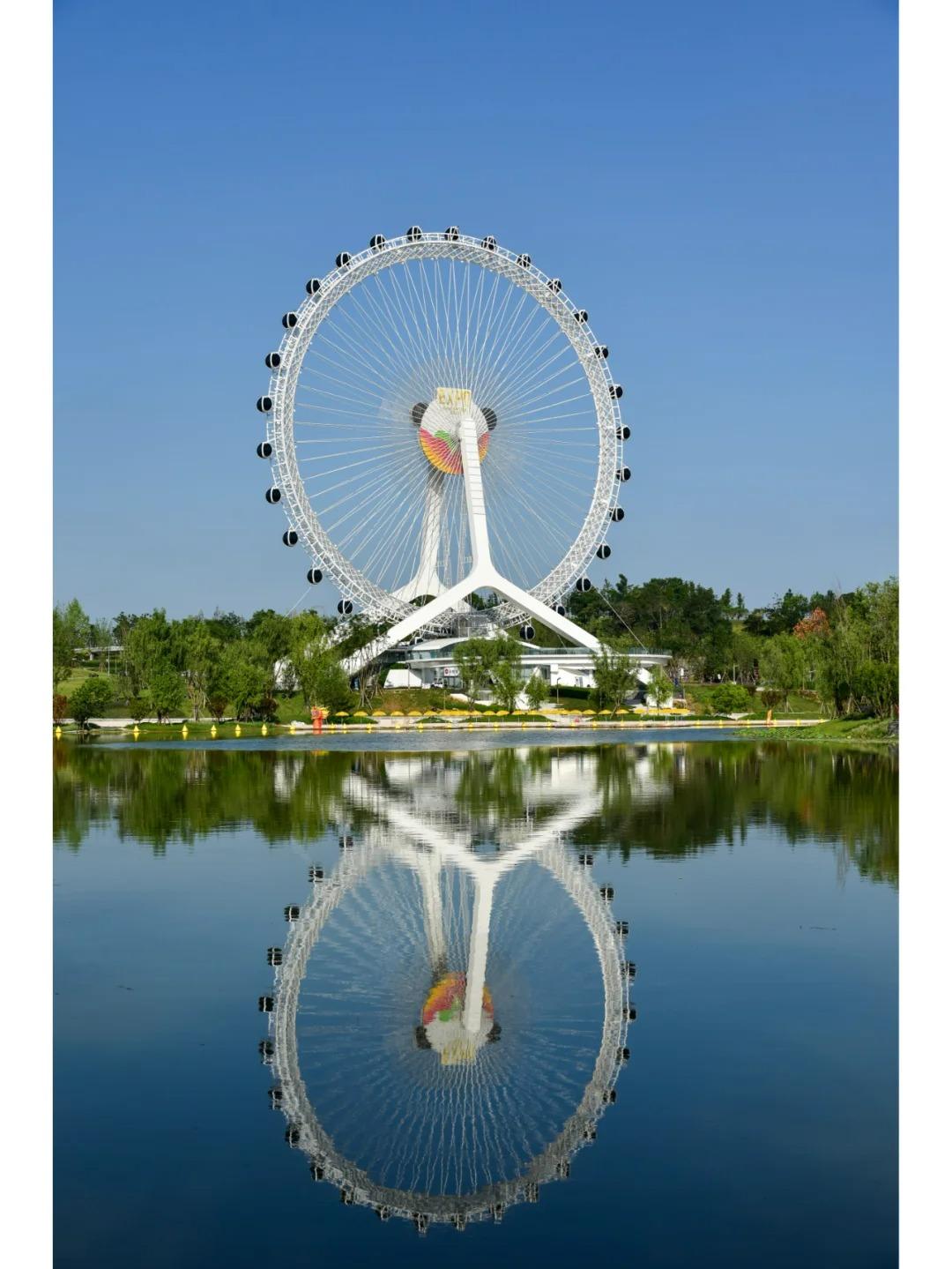
Cultural Heritage
Tian Fu’s cultural richness is evident in its traditions, arts, and cuisine. Sichuan Opera, with its famous face-changing technique, originated here and continues to captivate audiences.
Sichuan cuisine, known for its bold flavors and use of spices, has become world-renowned. Dishes like mapo tofu and kung pao chicken have their roots in Tian Fu’s culinary traditions.
Archaeological sites such as the Sanxingdui and Jinsha provide glimpses into the region’s ancient civilizations. The Chengdu Museum offers a comprehensive look at Tian Fu’s history and culture.
Economic Development and Modernization
In recent decades, Tian Fu has transformed from an agricultural heartland to a thriving tech hub. The Tian Fu New Area, established in 2014, aims to become a world-class industrial base and modern new city.
Key industries include:
- Information technology
- Biomedicine
- New energy
- Modern agriculture
This rapid development presents both opportunities and challenges as the region strives to balance economic growth with cultural and environmental preservation.

Tourism Highlights
Tian Fu offers a wealth of attractions for visitors:
- Giant Panda Sanctuaries: Home to China’s national treasure
- Mount Qingcheng: Birthplace of Taoism
- Leshan Giant Buddha: World’s largest stone Buddha statue
- Jinli Ancient Street: Experience traditional Sichuan culture
Food tourism is increasingly popular, with many visitors eager to taste authentic Sichuan cuisine and learn about its preparation.
Seasonal events like the Chengdu International Panda Festival and the Sichuan Culinary Festival showcase the region’s unique attractions.
Practical Travel Information
The best times to visit Tian Fu are spring (March-May) and autumn (September-November) when the weather is mild and comfortable.
Transportation options include:
- Air: Chengdu Shuangliu International Airport
- Rail: High-speed connections to major Chinese cities
- Road: Extensive highway network
Accommodation ranges from international luxury hotels in Chengdu to traditional guesthouses in rural areas.
When visiting, respect local customs, such as speaking softly in temples and using chopsticks correctly during meals. Learning a few basic Sichuan dialect phrases can enhance your experience and show respect for the local culture.
In conclusion, Tian Fu truly lives up to its name as a Land of Abundance. From its rich history and cultural heritage to its natural beauty and modern developments, the region offers a microcosm of China’s past, present, and future. Whether you’re a history buff, nature lover, foodie, or tech enthusiast, Tian Fu promises a journey of discovery and delight.


